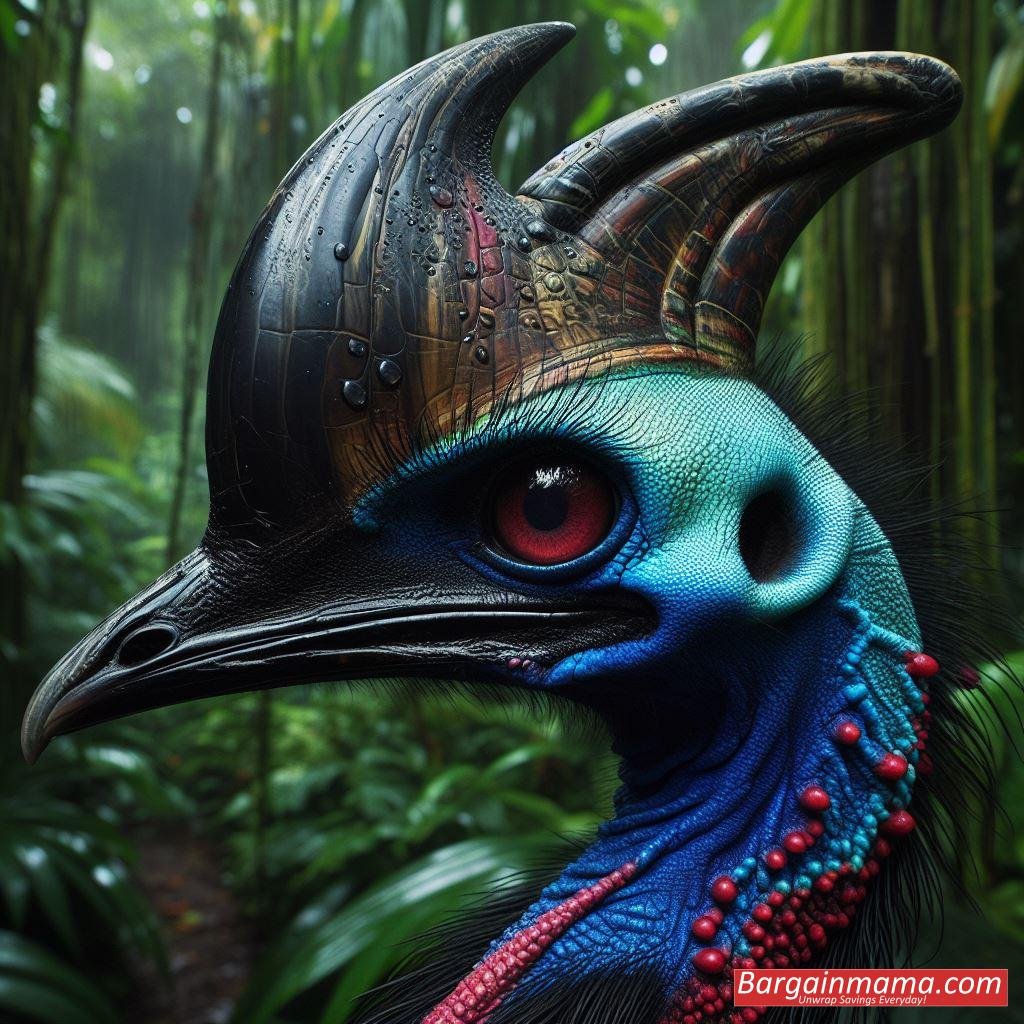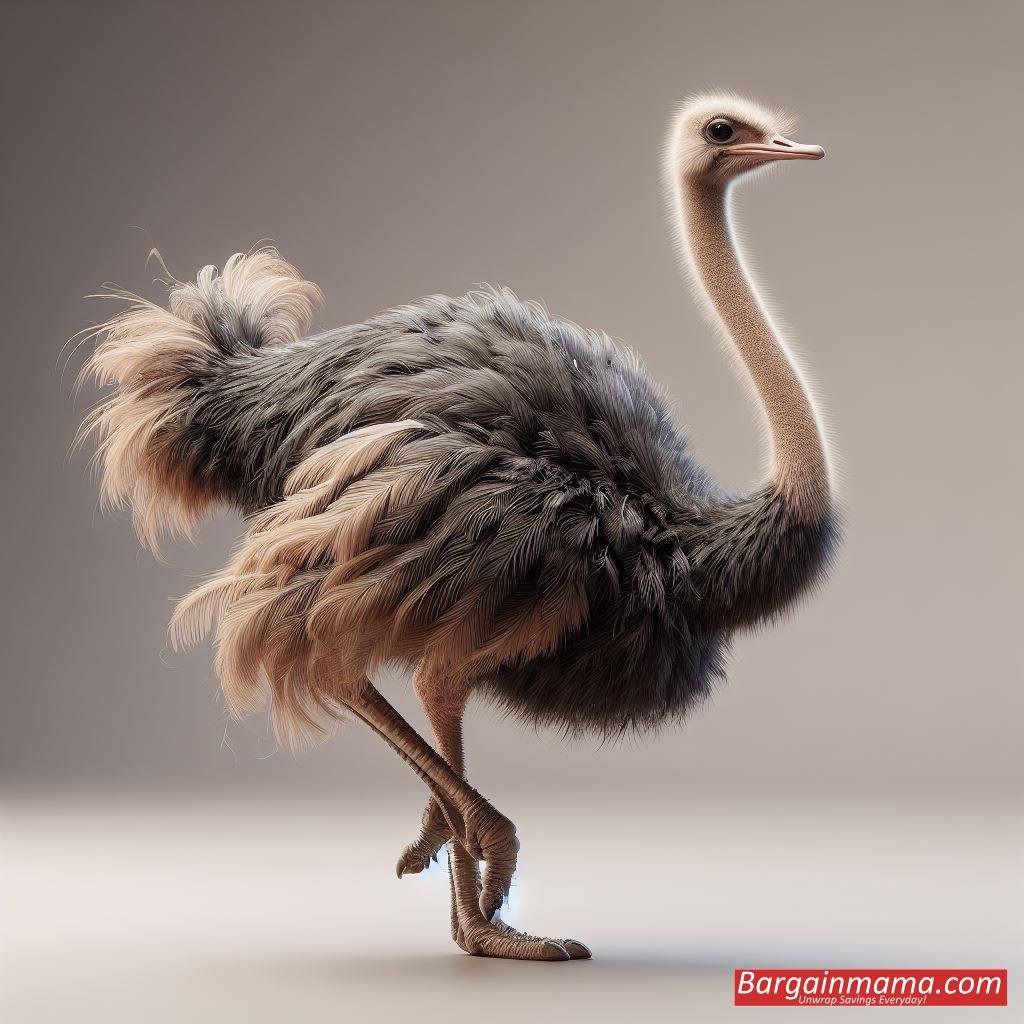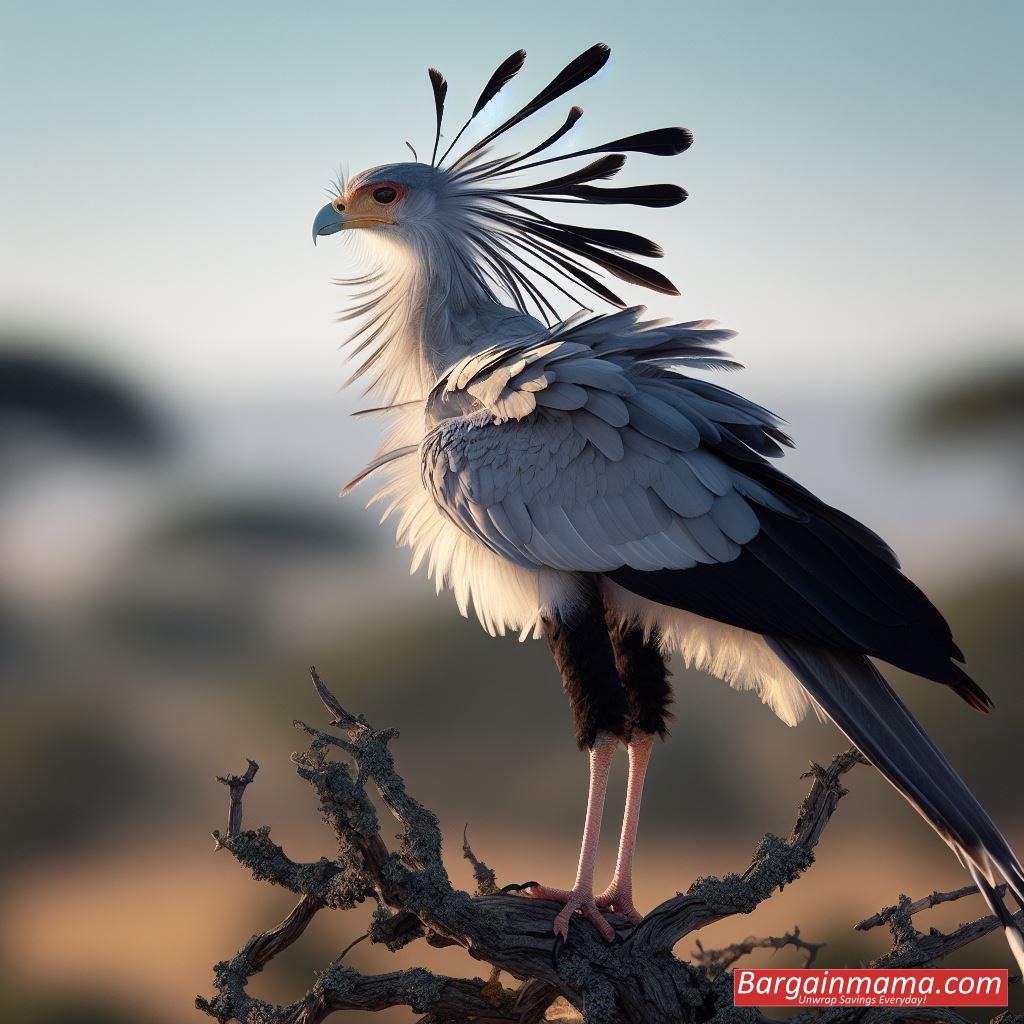Within the vast realm of the avian kingdom, where melodious sounds and brilliant plumage usually reign, a shadowy side emerges a territory inhabited by birds with murderous instincts and strong armament. This article goes into the fascinating world of the planet’s most hazardous birds, revealing their habitats, behaviors, and the causes that contribute to their infamous reputations. Join us on this journey as we uncover the mysteries and dangers linked with nature’s most powerful avian predators.
1: Cassowary – The Kick of Death
1.1 Unveiling the Cassowary:
The cassowary, which is native to New Guinea’s tropical forests, northern Australia, and neighboring islands, represents avian peril. This flightless behemoth, adorned in brilliant blue and black and wearing a helmet-like casque on its head, foreshadows the possible danger it poses.

1.2 Anatomy and Behavior:
Examining the cassowary’s anatomy reveals robust legs equipped with dagger-like claws capable of inflicting serious injury. Its aggressive behavior, paired with exceptional speed, can make interactions with humans dangerous. Understanding the cassowary’s territorial instincts and need for isolation might help mitigate potential risks.
1.3 Human Interactions:
With the potential to achieve speeds of up to 30 mph, the cassowary commands respect. Documented examples of lethal interactions highlight the significance of keeping a safe distance from these gorgeous animals. In the face of ongoing habitat challenges, conservation measures are critical to conserving the cassowary populations.
2: Ostrich – Majestic Ground Giant of the African Savannah
2.1 Introduction to the Ostrich:
The ostrich, native to Africa, is the largest and heaviest living bird despite its inability to fly. Its strong legs, sharp claws, and incredible speed make it a formidable opponent on the ground.

2.2 Survival Adaptations:
Exploring the ostrich’s adaptations, such as strong legs and claws, reveals its distinct survival strategy. Capable of reaching speeds of up to 45 mph and executing strong kicks, it offers a challenge to even the most ferocious predators in the wild.
2.3 Human Interactions:
While human contact with ostriches is less violent than that with other dangerous birds, understanding their behavior in captivity or during wildlife encounters is critical for accident prevention. Recognizing their importance in ecosystems and implementing conservation measures highlight the delicate balance required for their survival.
3: Southern Cassowary – Striking Beauty with a Kick
3.1 Introduction to the Southern Cassowary:
The southern cassowary is closely related to its northern counterpart, sharing a magnificent look and an aggressive attitude. It stands out for its distinctive traits, such as brilliant blue skin on its neck and a striking black body.
3.2 Conservation Concerns:
Despite its terrible reputation, the southern cassowary suffers significant risks, including as habitat loss and human encroachment. Conservation efforts are critical for protecting these unusual birds and preserving the biodiversity of their natural rainforests.
4: Secretary Bird – Serpent Stomper of the Savannas
4.1 Introduction to the Secretary Bird:
The secretary bird, which lives in Sub-Saharan Africa’s savannas and grasslands, is distinguished by its long legs and feathered crest on its head. It hunts with powerful legs rather than usual raptor talons.

4.2 Unique Hunting Strategies:
The secretary bird’s ability to stomp and kick its prey into submission, particularly snakes, demonstrates its remarkable hunting skills. Understanding the complexities of its feeding patterns provides insight into the important ecological role these birds perform.
5: Swan – Elegance and Aggression
5.1 Introduction to the Swan:
Swans, especially mute swans, are often associated with grace and beauty, yet they can also be quite violent. Strong nesting impulses and territorial behavior can lead to clashes, undermining the image of swans as peaceful waterfowl.
5.2 Nesting Behavior and Territorial Aggression:
Swan nesting behavior and territorial instincts provide insight into potential hostility, particularly during breeding seasons. Exploring the repercussions of underestimating these gorgeous birds emphasizes the importance of exercising caution when in their company.
While the bird world is frequently praised for its beauty and freedom, several species are revered for their lethal abilities. From cassowaries’ fatal kicks to swans’ territorial hostility, these birds demonstrate the different techniques and adaptations shaped by evolution. Respecting and recognizing these feathery predators is critical for human safety and the survival of ecosystems in which they play important roles. As we go into the realms of feathers and fury, let us marvel at the complexities of nature’s creation and admire the delicate dance between danger and beauty in the bird domain.



